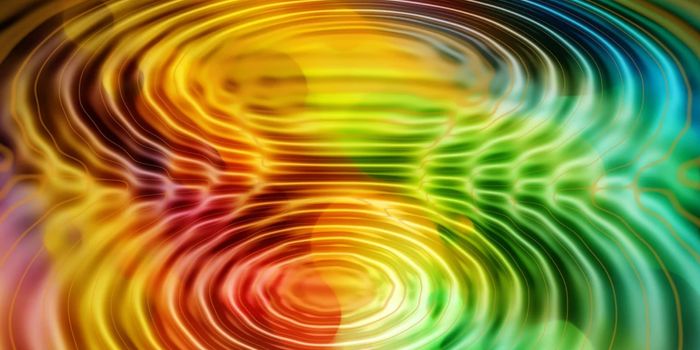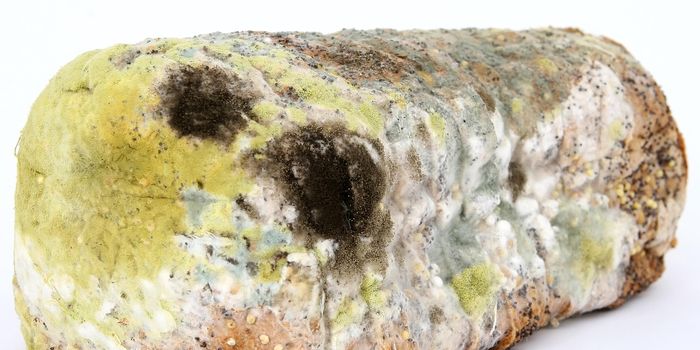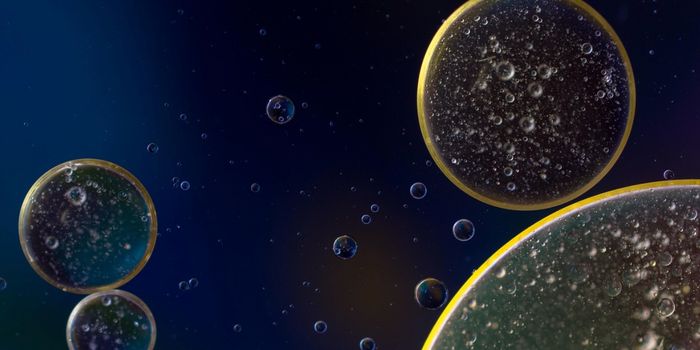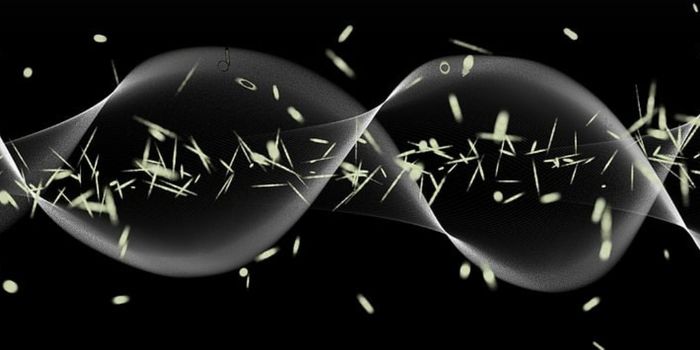Scientists use AI to reveal an unexpected role for "junk" DNA in autism
According to a new study published in Nature Genetics, spontaneous mutations or "junk" DNA that occur between genes may turn out to be key to understanding autism. This study was the first to examine the impact of these 'noncoding' mutations across the entire genome of autistic individuals.
Over the past three years, several research teams have sequenced the DNA of autistic people both within and between genes. However, sorting through thousands and thousands of mutations between genes has proved extremely challenging.
In a recent study led by Princeton professor Olga Troyanskaya, deputy director for genomics at the Flatiron Institute's Center for Computational Biology in New York City, and collaborators researchers overcame this challenge by using artificial intelligence (AI) deep learning to identify the contribution of noncoding mutations to autism risk.
In the study, scientists created an algorithm to predict whether a certain noncoding mutation alters any gene's expression. The algorithm assigns each mutation a score which indicates how likely it is to alter gene expression, and therefore, how harmful it is.
The study is particularly strong because it examines spontaneous mutations across the whole genome.
Prior effects tend to analyze noncoding mutations within a certain region of the genome, typically those closest to the gene of interest, says professor Xin He, assistant professor of genetics at the University of Chicago, who was not involved in the study.
Troyanskaya's team and her colleagues analyzed 7,097 whole genomes from 1,790 families that have one autistic child but normal parents and at least one unaffected sibling. They found thousands of spontaneous mutations in the autistic children, but approximately the same number in unaffected children.
Then, the team searched through the Human Gene Mutation Database to check whether the mutations had known links to medical conditions or appeared in healthy individuals. They gathered all of this information to generate an impact score for each mutation.
Researchers found that noncoding mutations in children with autism had greater impact cores than those of their unaffected siblings. Interestingly, in a follow-up study on the high-impact noncoding mutations in autistic children were expressed in brain tissue. Thus, the study may indicate that such noncoding regulatory elements in the developing brain may contribute to autism, as well as other neurodevelopmental disorders.
Now, Troyanskaya and her colleagues are applying the algorithm, called DeepSEA, to whole genomes of individuals with other medical conditions such as heart disease.
Source: Scientific American, Psychology Today









